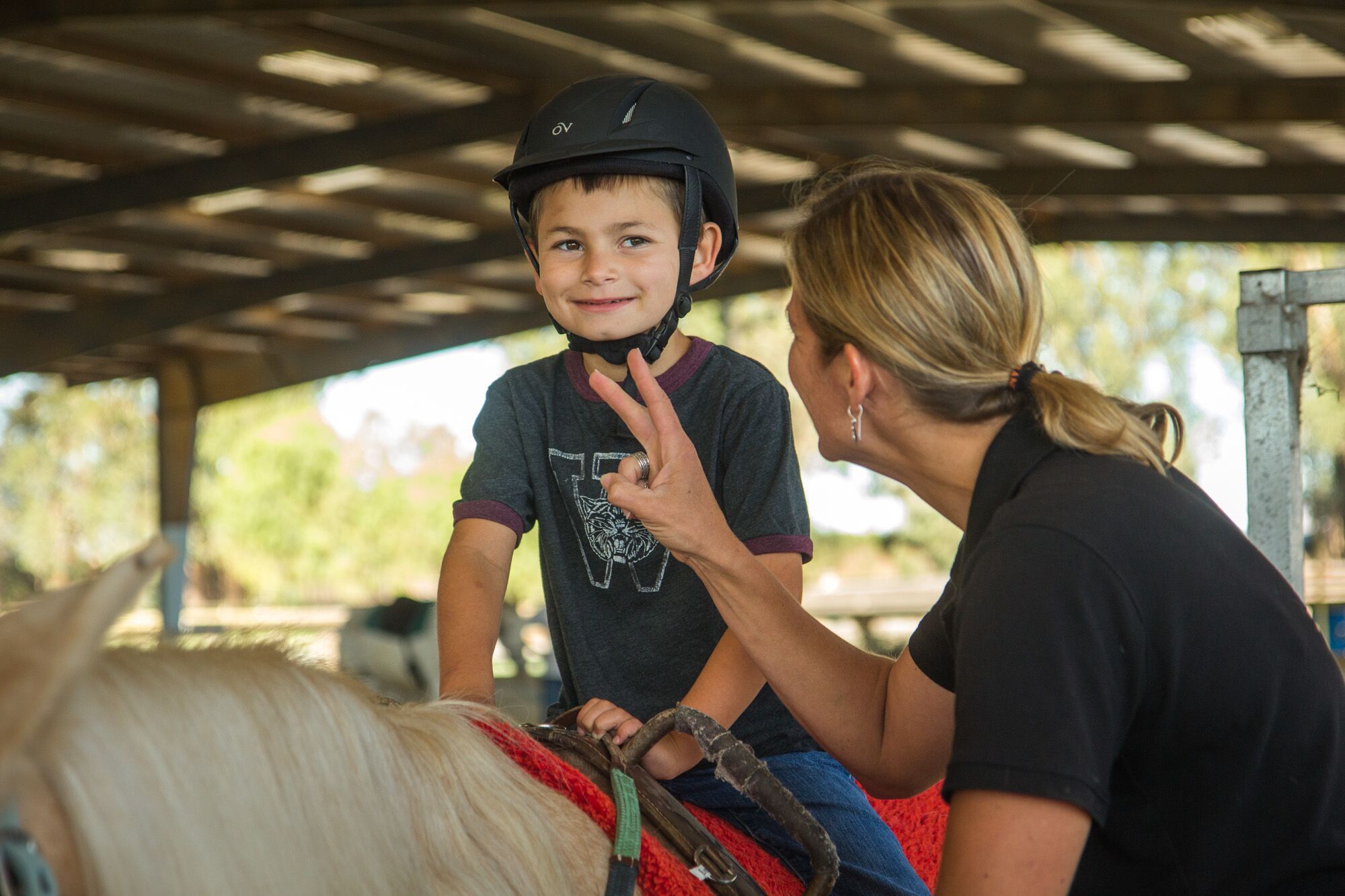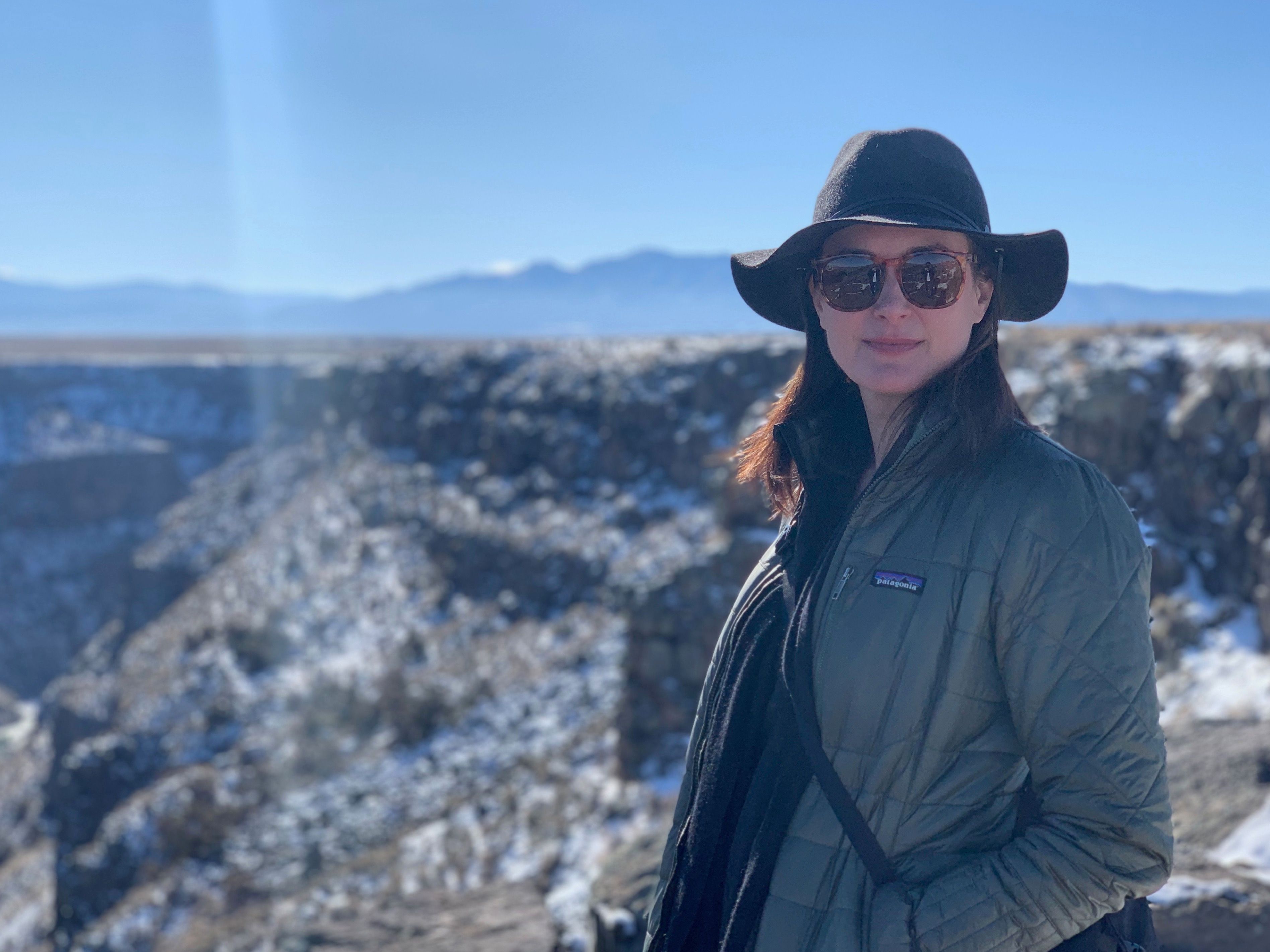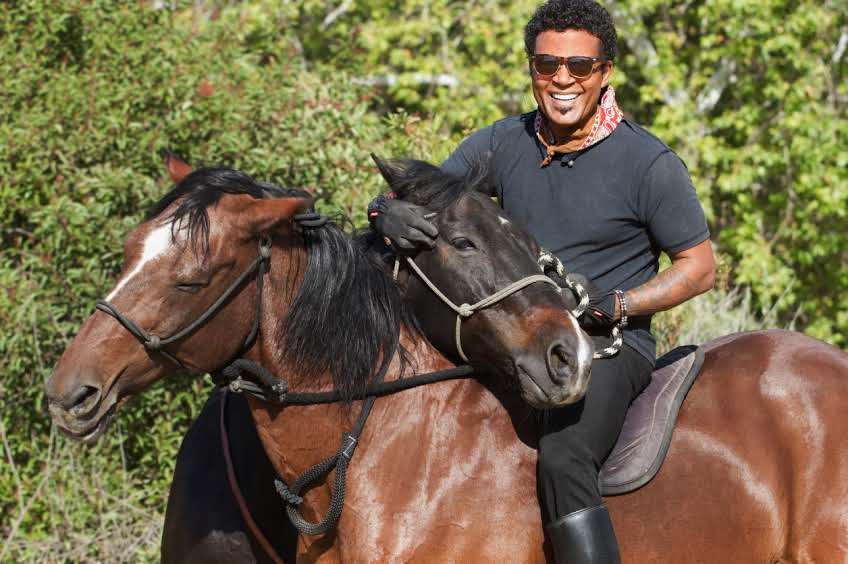Schulz Ambassador Lainey Ashker
Event and dressage rider Lainey Ashker’s philosophy for success is simple, “I never stop learning.”
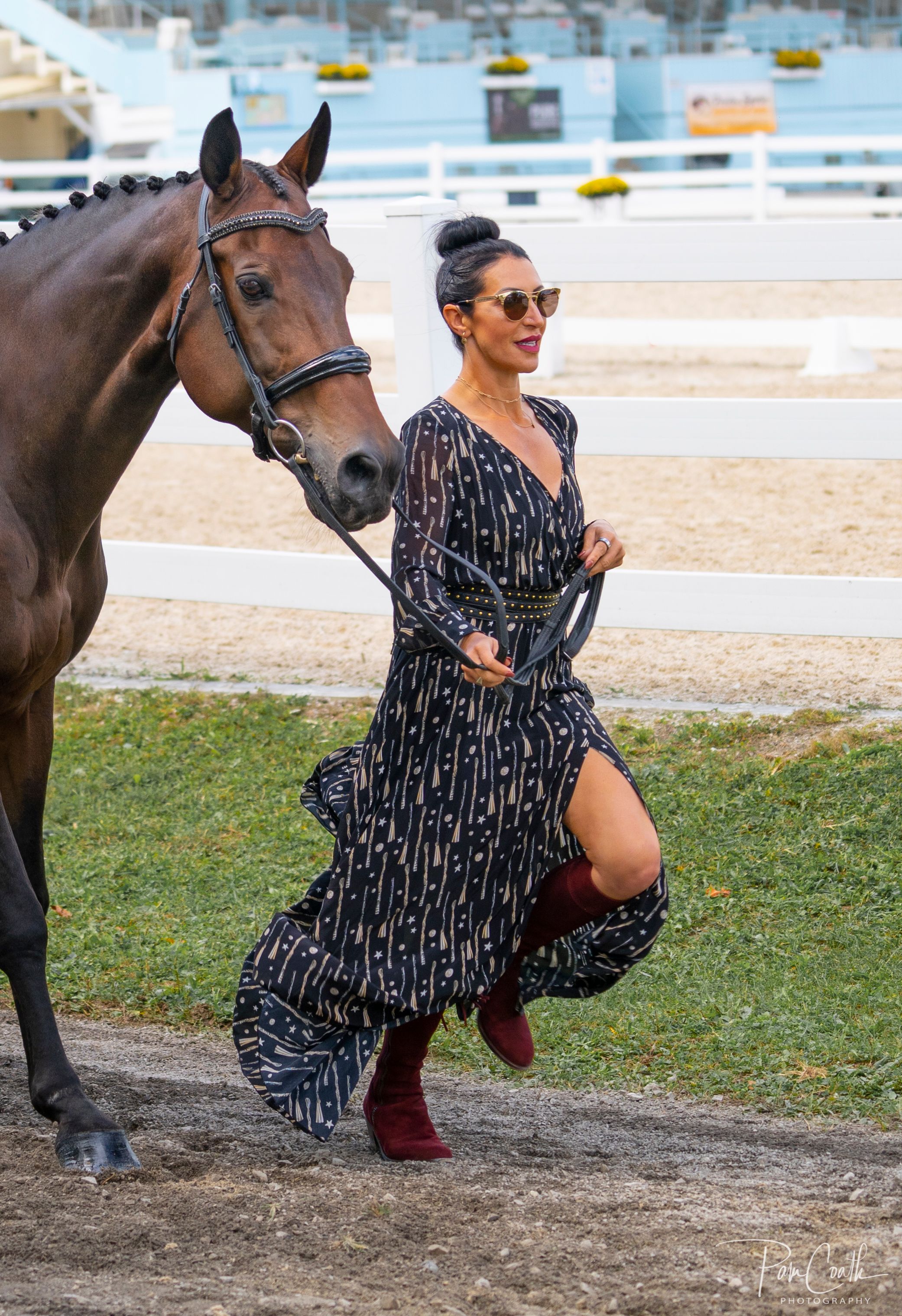

Lainey Ashker and her mother are on the road managing difficult weather conditions with horses in the trailer when we speak, just another day on the job for the hard-working event and dressage rider. Known for her grit, determination and forthrightness, Ashker hustles for her sport in a way that makes her easy to admire. She is refreshingly relatable and transparent: an avid social media user who talks openly about her mistakes, her philosophy to riding and how she manages the financial demands of the sport.
In some ways Ashker’s journey with horses began before she was born. Her mother Valerie, “Val,” competed in eventing at the preliminary level up until she was seven months pregnant, instilling a love of the sport in Lainey while still in utero. Ashker’s most consistent source of support, the bond between mother and daughter is evident throughout her career. Having had a love of horses but not coming from a horse family Val wanted to give her daughter what she had not received, presenting Ashker with her first horse, a Shetland pony, when she was just three years old. Ashker named it age-appropriately, Winnie the Pooh.

Ashker’s passion for the sport also came about through her mother. Val volunteered at the 1996 Summer Olympics in Atlanta and lived at a nearby monastery for about two months along with other volunteers, where Ashker got a chance to visit for a couple of weeks. She recalls meeting the Olympic riders and thinking “I want to do this”, admiring the way they represented their country and the sport. During the visit she got a poster signed by legendary three-day event rider and multiple-time Olympic medalist Karen O’Conner. Back at home Ashker hung the poster up on her ceiling so it was the first thing she saw in the morning when she woke up and last thing she saw in the evening when she went to bed.
Ashker’s training reads like a who’s who of equestrian sports. Growing up in Northern California she attended the Sierra Gold Pony Club and was coached by Yves Sauvignon in Santa Rosa. Moving to the East Coast to pursue a professional eventing career at the age of fourteen she continued her training with coaches Jimmy Wofford and Stephen Bradley, eventually finding her way to trainer Buck Davidson, whom she still works with over twenty years later. She describes her own philosophy to riding as a patchwork quilt of what others have taught her: “through everybody’s program I made my own program”.
Eventually she started studying under legendary dressage coach and rider George Theodorescu, whose daughter Monica Theodorescu is a three-time Olympic team gold medalist as part of the German dressage team, and twice World Cup champion. Like many aspects of Ashker’s story, the connection was organic: Mr. Theodorescu would frequent the United States because one of his protege’s, Radu Marcoci, rode there. At the time Ashker studied under Marcoci who convinced Theodorescu to mentor her because she was so gifted at dressage.
For her part Ashker had no idea she was in the presence of a legend when studying under Theodorescu, instead saying that she thought he “was just an old guy from Germany who taught me” in her characteristic blunt manner. Laughing, she follows up by saying how lucky she was to study under him and that she reflects back on what he taught her more and more as time goes on.
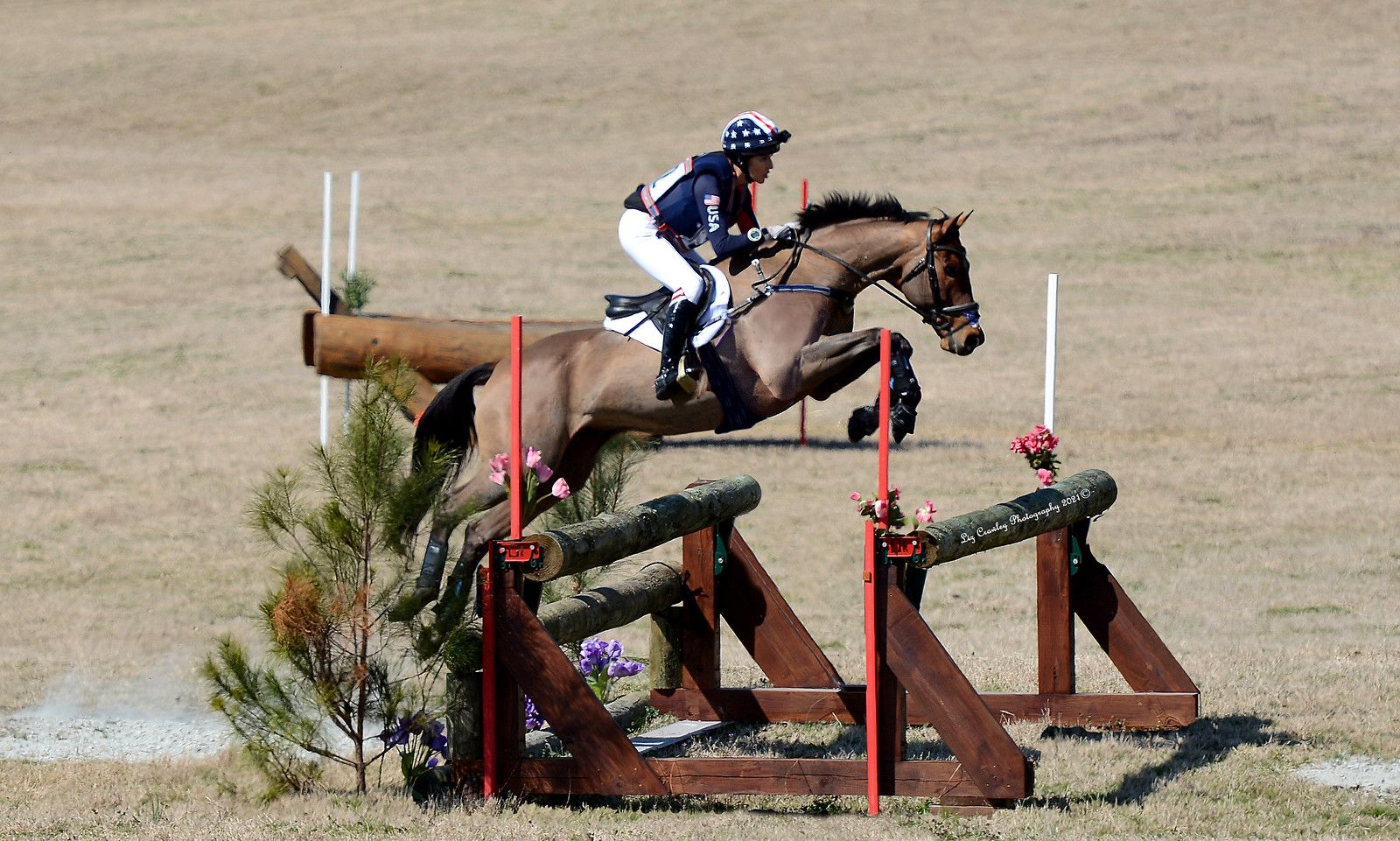
Largely focused on eventing, Ashker was initially dismissive of dressage as a teenager, though her participation in both are one of the many things that make her unique as an equestrian. When asked about how her participation in one affects the other she states that the dressage affects her eventing more than the reverse, making her exponentially better in the sport. Dressage, she exclaims, has improved the way she does her show jump rounds, how she holds her positions, her technicality across the field and her ringmanship.
That being said, she freely admits that her eventing makes her better in dressage in at least one aspect: she tends to be very brave for a dressage rider because of it. For instance Ashker says she loves it when it rains during a dressage event because she knows her chances for winning have just gone up as she trains her horses (and herself) to ride in all conditions. Ever ambitious, Ashker says she’s now on a mission to get event riders to hold themselves with the same elegance dressage riders do. More than anything she enjoys the challenge of dressage, saying it’s been “life-changing.”
Ashker’s philosophy on training horses, event or dressage, comes from a profound belief in patience. She states that the horse will let you know when it is ready to move up a level, rather than an external factor like their age or a win. You can never go to slow but you can move too fast, she emphasizes, because it’s hard to build confidence and easy to lose. Ashker starts good habits from a young age, teaching very green horses to look for their own jumps, even if those jumps are only six-inches tall. Her motto: be quick to discipline but quicker to reward.
While her training was prestige, Ashker is financially transparent and aware about the challenges of being in such an expensive sport. “You never want to have to do this sport,” she says, “it should be a choice.” She pursued a college education, something she encourages other young riders to consider, receiving a BA in Foreign Affairs from the University of Virginia and attending an accelerated business program from the University of Richmond to fall back on should anything ever happen to her on the field or should she simply change her mind. In addition to the increased employment opportunities, Ashker says a degree can make you a more well-rounded person, giving you an education and an ability to talk to people, including the owners of the horses you will be riding, about something other than equestrian sports.
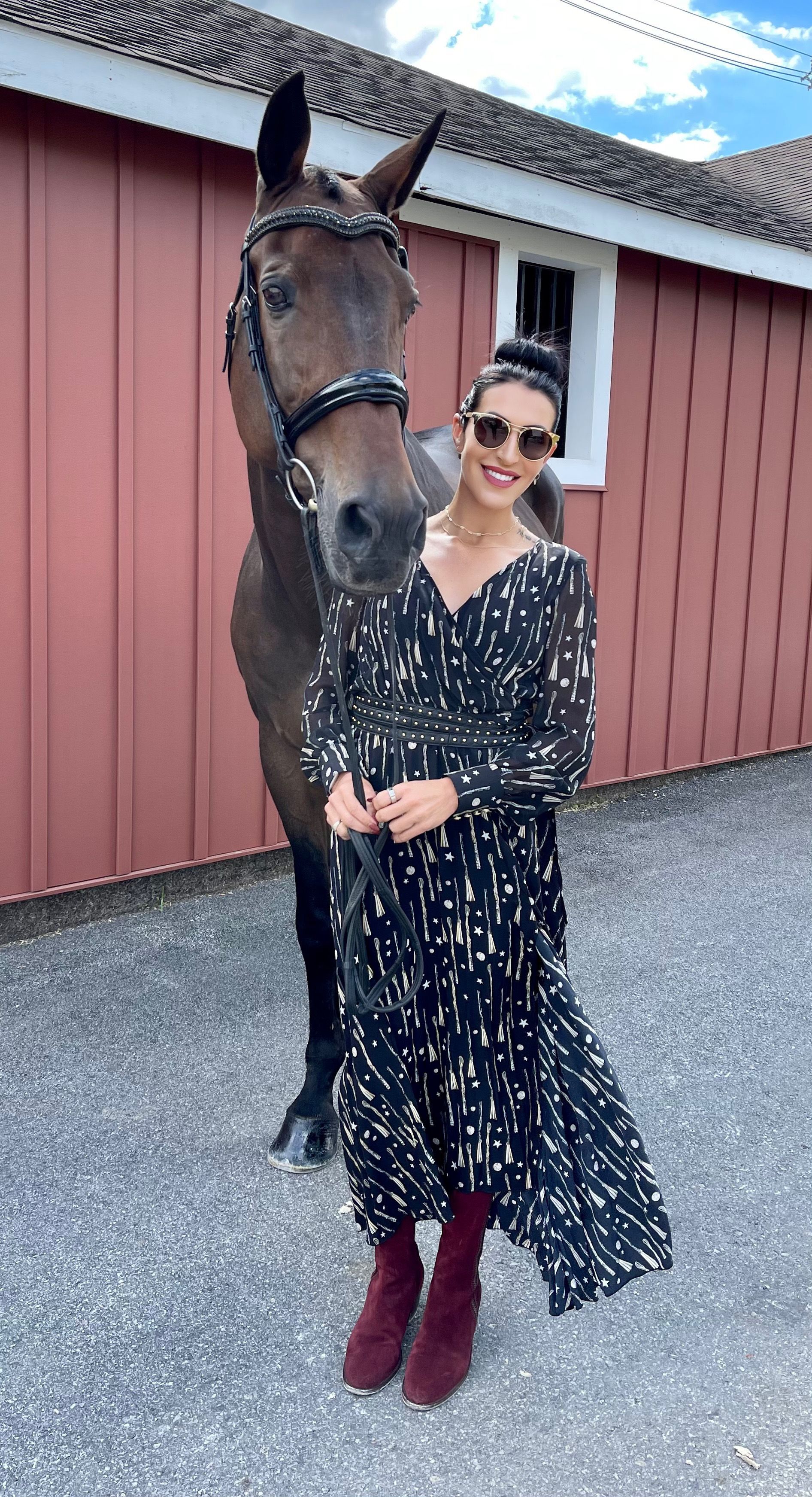
Another gift of her mother, Ashker was introduced by Val to Off-the-Track-Thoroughbreds, giving Ashker and Val a way of obtaining horses which can often cost as much as a house, for less money. They exist, Ashker says, in people’s backyards, fields, all across this country. Her first OTTB, Fishbones, was found by her mother and another one, Anthony Patch, was on its way to slaughter when Ashker scooped him up. Anthony Patch ended up taking her to ten five-stars later, many Olympic trials, and top placings in four and five star events.
At thirty-eight years old Ashker has had a long and illustrious career, filled with highs and lows, including a gold medal at the Junior Olympics and another at the Grand Prix. A very mentally-oriented person, Ashker’s favorite moments do not necessarily correlate to their level of prestige but rather mark important moments of her life. One example was her participation in and completion of the Land Rover Burghley Horse Trials in 2015. She was going through a low spurt in training with horse Al and had gotten to the event through crowd-sourcing around $28,000. Feeling spurred on by her supporters, Ashker rallied even though she was feeling mentally down.
During one crucial part of the event her coach told her to count the steps successful riders were taking to get their horses between fences one and two. She deduced that riders who were making it through took fifteen steps, while eliminated riders were averaging eighteen. With this knowledge she was able to focus on what she could do to accomplish her next step, rather than get overwhelmed by all the negativity she had going on in her head.
Ashker and Al attacked the course, got between the fences in fifteen strides and were not eliminated. This is hardly a glorious Olympic moment, but for Ashker it is these small, private moments of confidence and determination winning over internal conflict that are the real championships in her sport. “The wins are awesome but nothing comes close to when you think you can’t do it and you actually can,” she says.
Ashker has had difficult times in her career as well. Her darkest moment is one of her most famous: the catastrophic fall at Rolex with horse Frodo that resulted in her injury and his death. Frodo missed a jump at the fifth fence, known as the Flower Basket, at a high speed, catching his front feet and slamming both him and the rider to the ground. He sustained a serious lung injury and skull fracture, making euthanasia the most humane option.
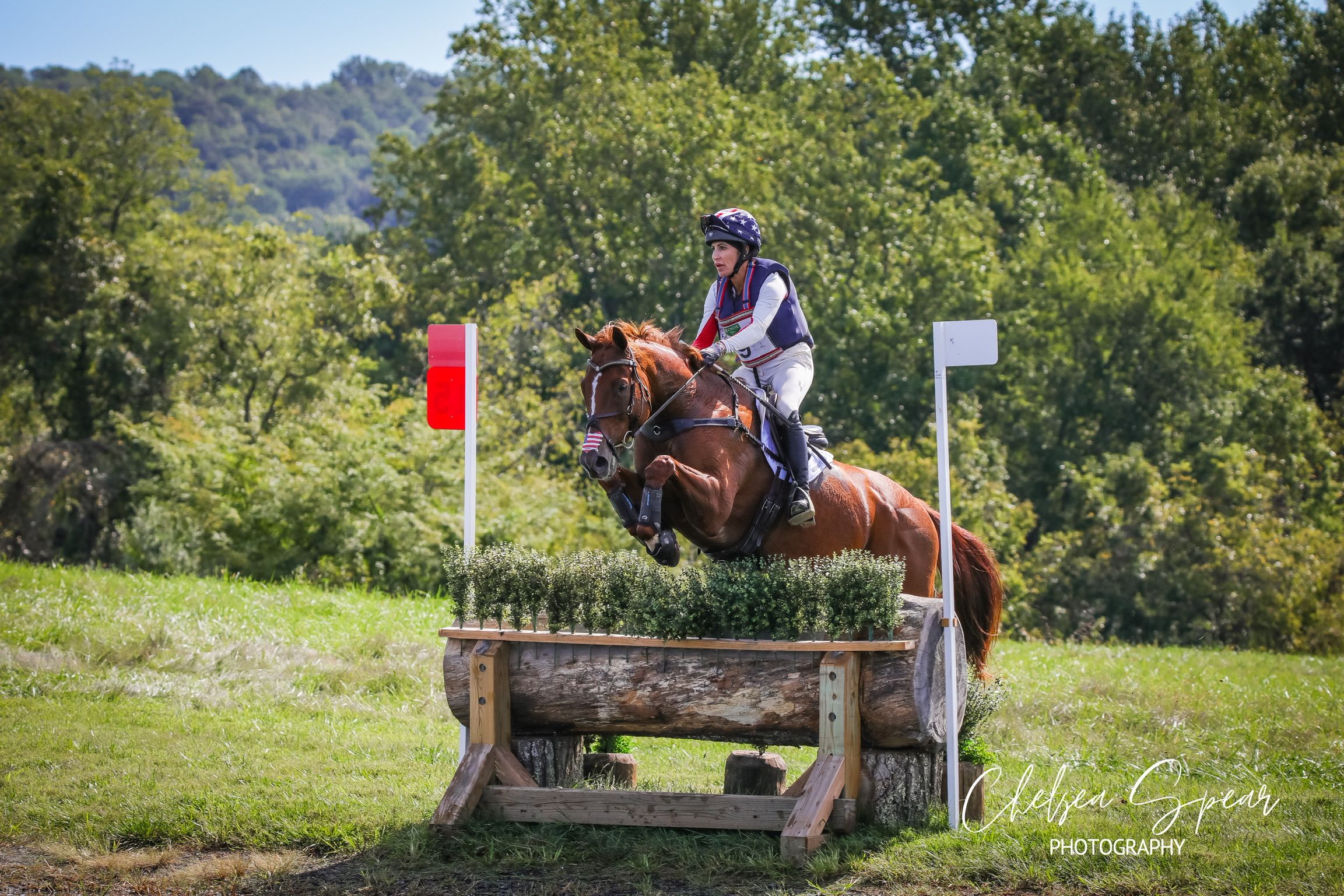
Ashker said what spurred her on the most after the incident was the motivation to take care of her other horses at home, but what devastated her was not only the loss of Frodo but the subsequent public backlash. Ashker received intense amounts of criticism in the press, including hate mail both professional and personal, making her question herself and whether or not she should continue riding. It became so intense that at one point she considered suicide. Says Ashker, “not many people know what it feels like to ride home with an empty trailer.”
Ashker relaid her feelings to her mother on a drive down to Florida for more training, saying that she was considering quitting the sport. Her mother, whose advice always boils down to “time and sunshine”, told her that was totally OK and that she could take it one step at a time, working with other horses and seeing how she felt as she went. Eventually her love for the sport did come back, though she continued riding in events at an intermediate level for a year afterwards to get her bearings and confidence back (the accident happened almost fourteen years ago in 2008, when Ashker was twenty-four).
Speaking on the recent uprise in discussions about mental health within athletics she references figures outside the sports. “If Michael Phelps, who is a god… and can handle that much pressure and that many people watching him… can talk about it then no one is immune” Ashker says. The difference now, she says, is not that people are having more bad days but that people are allowed to talk about their mistakes whereas before discussing your failures was considered taboo, as if it made you a bad rider. Thankfully, this has changed.
Ashker regularly discusses her mistakes openly and through social media, and has even had to argue with more old-school coaches about the value of it. Here she credits her college degree and business background for allowing her to see, despite her coach’s hesitancy, that not only will people look past your failures but will, she says, “support you more.” One can’t help but imagine that the early criticism Ashker received after the fall at Rolex has also helped her openness in the long-run, making her less timid about discussing her failures and flaws.
One thing is certain, Ashker is passionate about her horses. She speaks of them like family members and fully accepts both the personal injury risks of working with eleven-hundred pound animals and the mental health risks of public critique, saying “I love the horses and… there’s nothing I would rather be doing.” She trains, she fails, she fails better. She wins. Despite all the sacrifices and the pitfalls the way she continues growing is as simple her mother’s “time and sunshine” motto. Says Ashker, “I never stop learning.”
Lainey's Causes
Retired Racehorse Program: The RRP exists to facilitate placement of Thoroughbred ex-racehorses in second careers by increasing demand for them in equestrian sports and serving the farms, trainers, and organizations that transition them.
